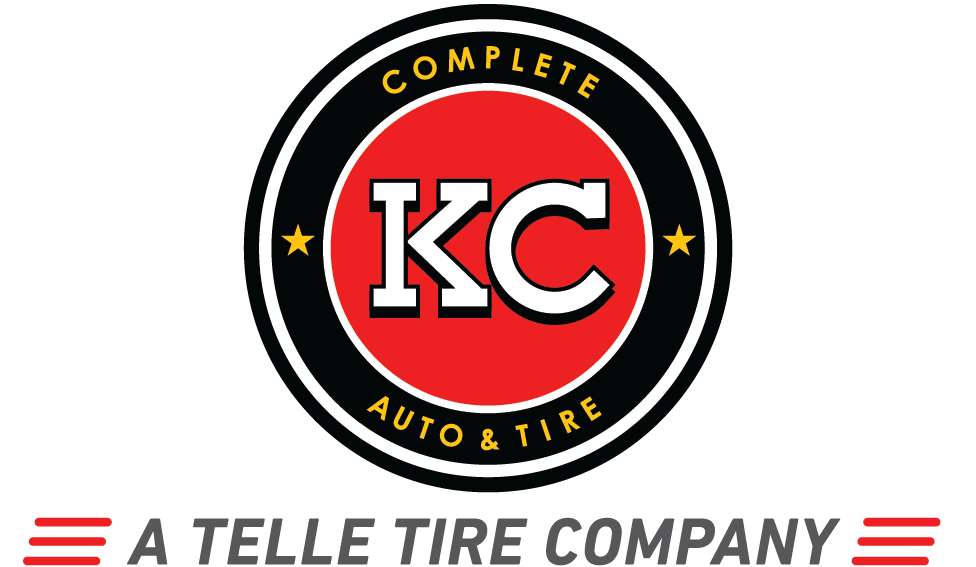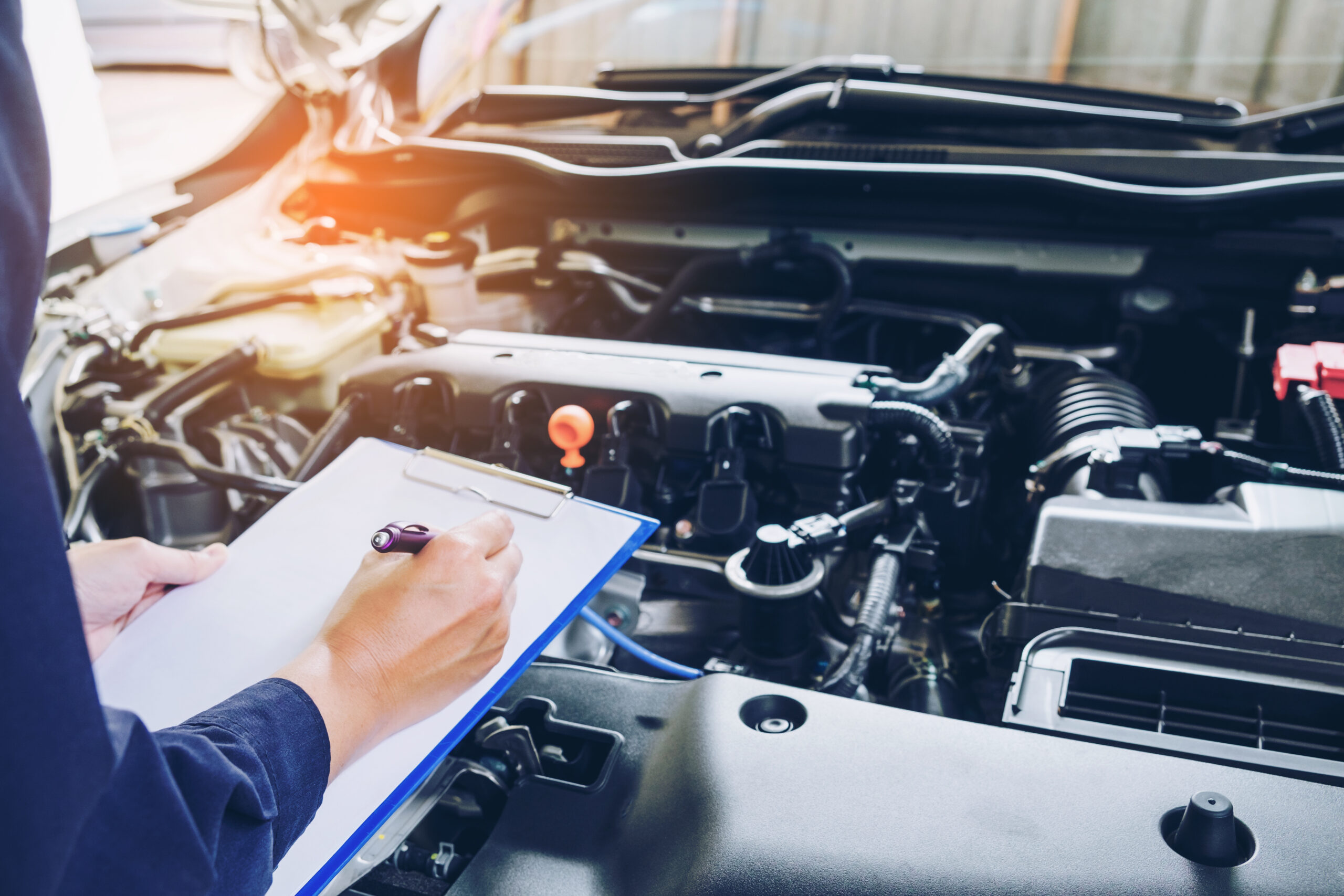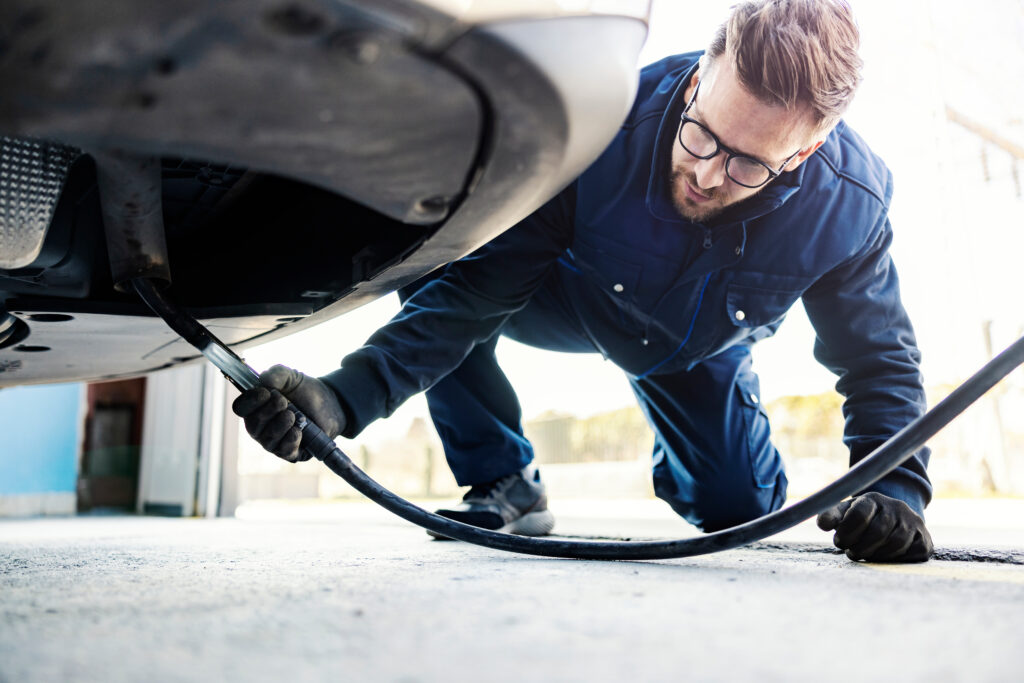Missouri Safety and Emissions Test: What You Need To Know
The state of Missouri requires an emission and safety inspection be completed for most vehicles. When it comes to keeping your vehicle on the road in Missouri, there are two main types of testing that you need to be aware of: safety inspections and emissions testing. Both are required to keep your vehicle registered, so it’s important to know what to expect.
Both types of inspections are essential, and we at Telle Tire & Auto Centers are here to help you through the process. We’ll ensure your vehicle is up to par so you can focus on the road ahead. Here’s why they’re necessary, as well as rules and exemptions to know.
What Are Safety and Emissions Inspections?
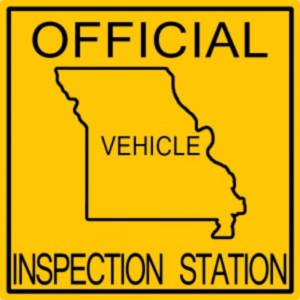
The Missouri Safety and Emissions Test is meant to check for any potential safety hazards in your vehicle. This can include anything from worn tires to malfunctioning lights. Basically, anything that could potentially put you or other drivers at risk on the road.
To help prepare for your Missouri Safety and Emissions test, we’ve created a useful checklist to ensure everything is in working order prior to showing up and you have all of the necessary documentation ready for the technician.
DOWNLOAD PREPARATION CHECKLIST
The emission inspection is designed to test your vehicle’s emissions levels from the exhaust system. Missouri has certain standards that all vehicles must meet, and this inspection is meant to ensure that your car is upholding environmental standards.
Who is Required to Participate
When you own a vehicle, even a brand new one, and you receive a notice it’s due for emissions inspection, you may be asking yourself, “Do I need an emissions test?” In the state of Missouri, both a safety inspection and an emissions test are required for all vehicles. This includes passenger cars, trucks, motorcycles, and buses. If it’s registered to drive on Missouri roads, it needs to be inspected.
Frequency of Inspections
For those that qualify, both emissions and safety inspections are required every year. That means that, once a year, you’ll need to bring your vehicle in for a check-up to ensure everything is in working order and that your car complies with set state standards.
Exemptions
There are a few situations in which vehicle owners may be exempt from getting a Missouri motor vehicle inspection or emissions test.
If your vehicle is less than three years old, a vehicle inspection report and emissions test are not necessary. New Missouri residents also have a bit of a grace period; if you’ve just moved and your vehicle is currently registered in another state, you have 60 days before an inspection is due.
Additionally, if your vehicle is registered as an antique, you are not required to get it inspected. However, you must always carry proof of this registration with you when driving the vehicle.
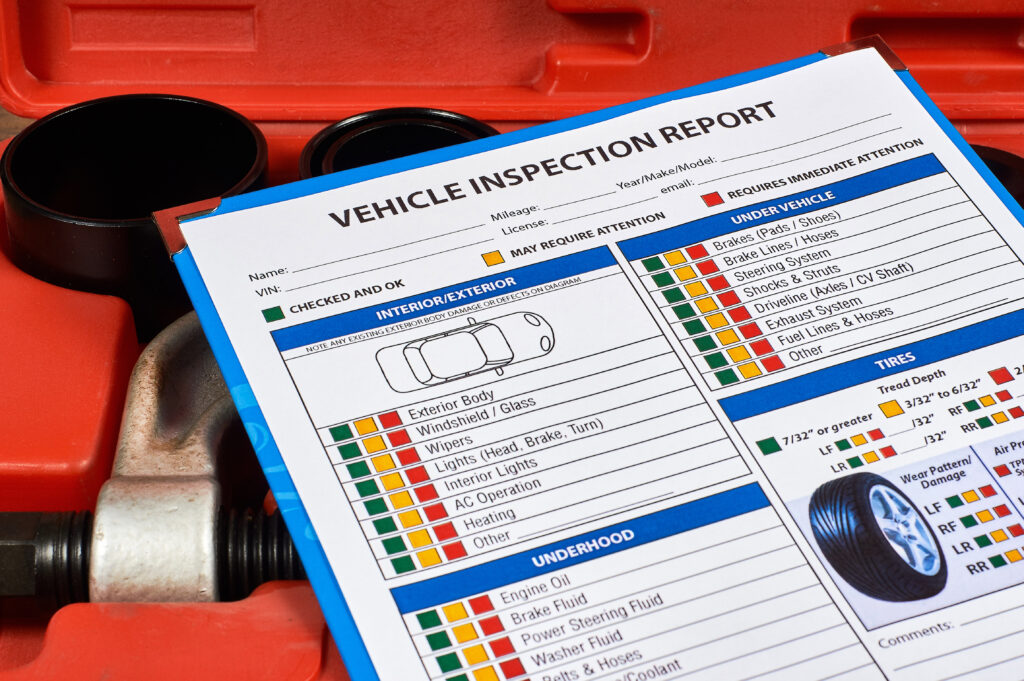 What to Expect on Testing Day
What to Expect on Testing Day
When you take your vehicle in for a safety or emissions inspection, you can expect a few things.
First, you’ll need to bring your car to an authorized inspection station. You can find a list of these stations on the official Missouri State Highway Patrol website.
Once you’re at the station, a certified inspector will check your car to make sure it meets all the necessary requirements. This process can vary depending on the type of inspection you’re getting, but it usually only takes a few minutes.
Passing the Test
After the auto inspection is complete, you’ll either receive a pass or a fail. In order to pass the safety inspection, your vehicle must have the following:
- Brakes in good working order
- Two headlights that are white
- Two taillights and reflectors that are noticeable from 500 feet
- Working turn signals and brake lights as installed by the manufacturer
- A steering mechanism with minimal play or binding
- No bald or mismatched tires and wheels
- Safety glass in all windows (for vehicles made after January 1, 1936)
- No breaks on the windshield within the viewing area
- No vision reducing material on the windshield
- Functioning windshield wipers
- Two seat belts in the front seat (for vehicles made after June 30, 1964)
- Horn that can be heard by other drivers and pedestrians
- Attached exhaust system, including exhaust pipe, muffler, and tailpipe
- Include an inside and outside rearview mirror (vehicles made after 1967)
- Manufacturer-installed air pollution control devices (not required for vehicles made prior to 1967 or those with a diesel motor)
- All fuel system components (lines, hoses, connections, and tanks) must be firmly attached without leaks
- Required mud flaps for trucks without rear fenders and registered for over 24,000 pounds
- Bumpers not exceeding 22 inches above the ground at the highest point for passenger vehicles
Other requirements include registered license plates and a license plate light. Vehicles with special equipment or uses will also have additional requirements as outlined in the Missouri Driver Guide. If your car passes, you’re good to go and free to continue using the car until the next due date.
A Failed Test
If your car fails, you’ll need to have the necessary repairs made and then bring your car back for a re-inspection. It’s also essential to pass your required inspection in order to be able to complete vehicle registration.
Why Does the State of Missouri Require Safety and Emissions Inspections?
Missouri requires both safety and emissions inspections to ensure that all vehicles on the road are safe and compliant with state standards. Safety inspections help ensure your vehicle is safe to operate on Missouri roads.
An emissions inspection tests your vehicle’s emissions levels to ensure they meet or exceed the state’s standards. Upholding these standards helps lower emissions overall in order to help improve air quality and reduce smog and pollution.
Consequences for Missing Your Required Safety and Emissions Inspections
If you choose to forego your safety inspection, you could be subject to several different penalties. These can include anything from a fine to having your license plate confiscated. In extreme cases, you could even have your vehicle impounded.
Similarly, if you miss your emissions inspection, you could be subject to a fine. You may also be required to get your vehicle repaired and retested before you can register it.
Where Can I Get an Emissions Test Done?
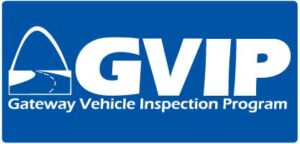 To get a test and inspection done, you need to find a qualified vehicle safety and emissions inspection location near you. These certified locations will be verified by the Gateway Vehicle Inspection Program, or GVIP. Through this program, your vehicle’s emissions test is performed using on-board diagnostics (OBDII) that monitors and ensures the proper functionality of the vehicle’s emissions-control devices and other engine-related parts.
To get a test and inspection done, you need to find a qualified vehicle safety and emissions inspection location near you. These certified locations will be verified by the Gateway Vehicle Inspection Program, or GVIP. Through this program, your vehicle’s emissions test is performed using on-board diagnostics (OBDII) that monitors and ensures the proper functionality of the vehicle’s emissions-control devices and other engine-related parts.
All automotive shops that are licensed to perform the Missouri emissions inspections should have the GVIP sign displayed as well as a sign that declares the location to be an official station licensed to perform vehicle inspections under the auspices of the Missouri State Highway Patrol.
Need an Inspection? Don’t Delay – Visit the Pros at Telle Tire
Whether it’s for your vehicle’s brakes or engine, don’t delay – visit the pros at Telle Tire & Auto Centers. As one of the area’s Missouri emissions testing locations, we provide both safety inspections and emissions testing required by the state. Our ASE-certified technicians can perform these inspections quickly and efficiently so you can get it done without heavily disrupting your schedule, and with great customer service. Visiting us for another service? We also offer a complimentary 21-point vehicle inspection with every service and auto repair to ensure your vehicle is in top condition.
Don’t wait – contact us today and visit a Telle Tire & Auto Centers location near you. You can also find an inspection and emissions test location near you by clicking here.
